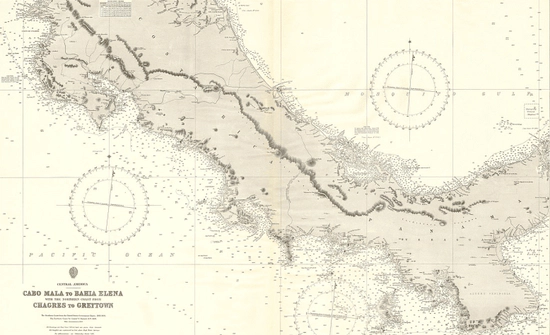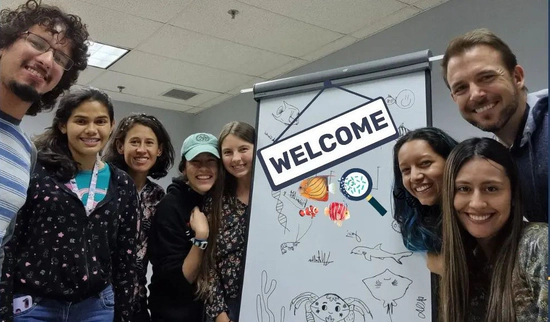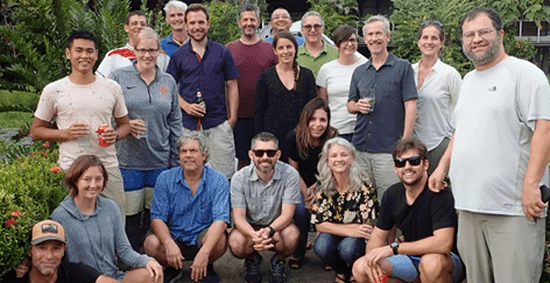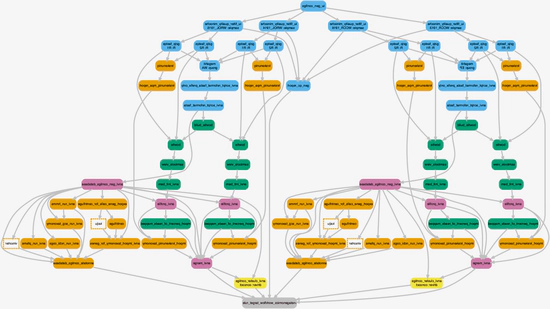
About Istmobiome
How the formation of the Isthmus initiated a natural experiment in evolution and why it became the focus of the Istmobiome Project.

Meet the Team
Researchers, Students, Interns, and Principal Investigators involved in the Istmobiome Project.

Publications
By people involved in the Istmobiome Project and our collaborators.

Symposia & Workshops
We organize workshops and symposia in Panama to better understand the evolutionary ecology and function of host-microbiome symbioses.

Field Guides
Fishes & Invertebrates from Panama’s Caribbean & Pacific Coasts. Guides can be printed on waterproof paper to help identify species in the field.

Workflows
Reproducible bioinformatic workflows for various proects including access to raw data, data products, associated publications, and more.

Multimedia
Press pieces, stories, slide shows, and videos about Istmobiome science.
Istmobiome Metrics
Publication highlights to date
16
10
98
415